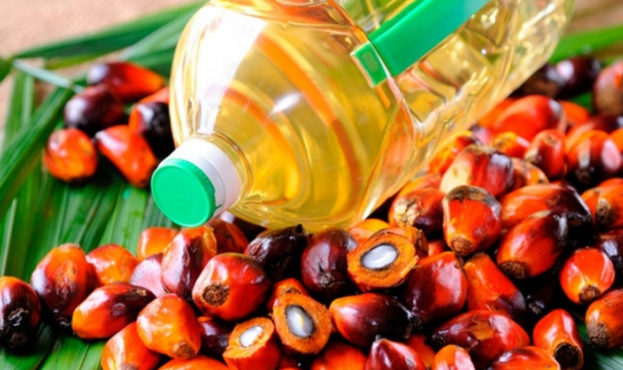Survey sees Malaysian palm oil stock at 2.49 million tonnes at end-October, highest since April 2019

Malaysia’s palm oil inventory likely grew 7.5% month-on-month (m-o-m) to 2.49 million tonnes at end-October, its highest level since April 2019, due to recovering output.
According to CGS-CIMB Securities Sdn Bhd’s Ivy Ng Lee Fang on Monday (Nov 7), a survey of planters by the CGS-CIMB Futures team found that Malaysia’s palm oil output likely grew 3.2% m-o-m and 5.8% year-on-year (y-o-y) to 1.83 million tonnes in October due to seasonality factors.
She added that September and October have historically been the peak production months for Malaysian palm oil.
“The stronger palm oil exports from Malaysia could be due to crude palm oil’s (CPO) attractive pricing discount against soybean oil. We estimate Malaysia’s palm oil inventory probably grew 7.5% m-o-m and 35.7% y-o-y to 2.49 million tonnes at end-October, its highest level since April 2019, due to recovering output,” she said.
Ng added that the estimated 2.49 million tonnes are 15% above the 10-year October average of 2.16 million tonnes.
Official figures will be released on Thursday.
Ivy said Indonesia’s CPO exports remain more competitive than Malaysia’s, following the country having extended its policy of waiving its palm oil export levy until year end as long as the CPO reference price remains below US$800 (RM3,795.20) a tonne.
“We believe the new policy will spur Indonesian producers to boost palm oil exports to take advantage of the levy waiver. Indonesia’s palm oil stock as at end-August had fallen to 4.1 million tonnes from 5.9 million tonnes as at end-July, and flattish versus 4.13 million tonnes as at end-December 2021.
“This suggests that Indonesia has successfully normalised its palm inventory after the palm oil export ban was lifted,” said Ng.
The waiver led to local CPO prices in Indonesia rising 22% to 12,878 rupiah/kg (RM3,756/tonne) on Nov 2, from 10,530 rupiah/kg (RM3,201/tonne) as at Oct 3, as Indonesia had successfully normalised its palm inventory as at end-August.
She added that concerns over weaker palm oil output due to floodings in some parts of Kalimantan also supported prices.
Spot CPO prices in Malaysia gained 21% to RM4,190/tonne during the same period.
The rise in CPO prices was driven by strong demand for palm oil for restocking and festive events, due to CPO’s attractive discount of US$535 a tonne against soybean oil as at Oct 27.
“There were also concerns that the recovery in palm oil supplies may be negatively impacted by the ongoing labour shortage situation in Malaysia and by the La Nina event,” said Ng.
CGS-CIMB expects CPO prices to trade in the range of RM3,500 to RM4,500 a tonne in November.
Read also
Wheat in Southern Brazil Impacted by Dry Weather and Frosts
Oilseed Industry. Leaders and Strategies in the Times of a Great Change
Black Sea & Danube Region: Oilseed and Vegoil Markets Within Ongoing Transfor...
Serbia. The drought will cause extremely high losses for farmers this year
2023/24 Safrinha Corn in Brazil 91% Harvested
Write to us
Our manager will contact you soon



